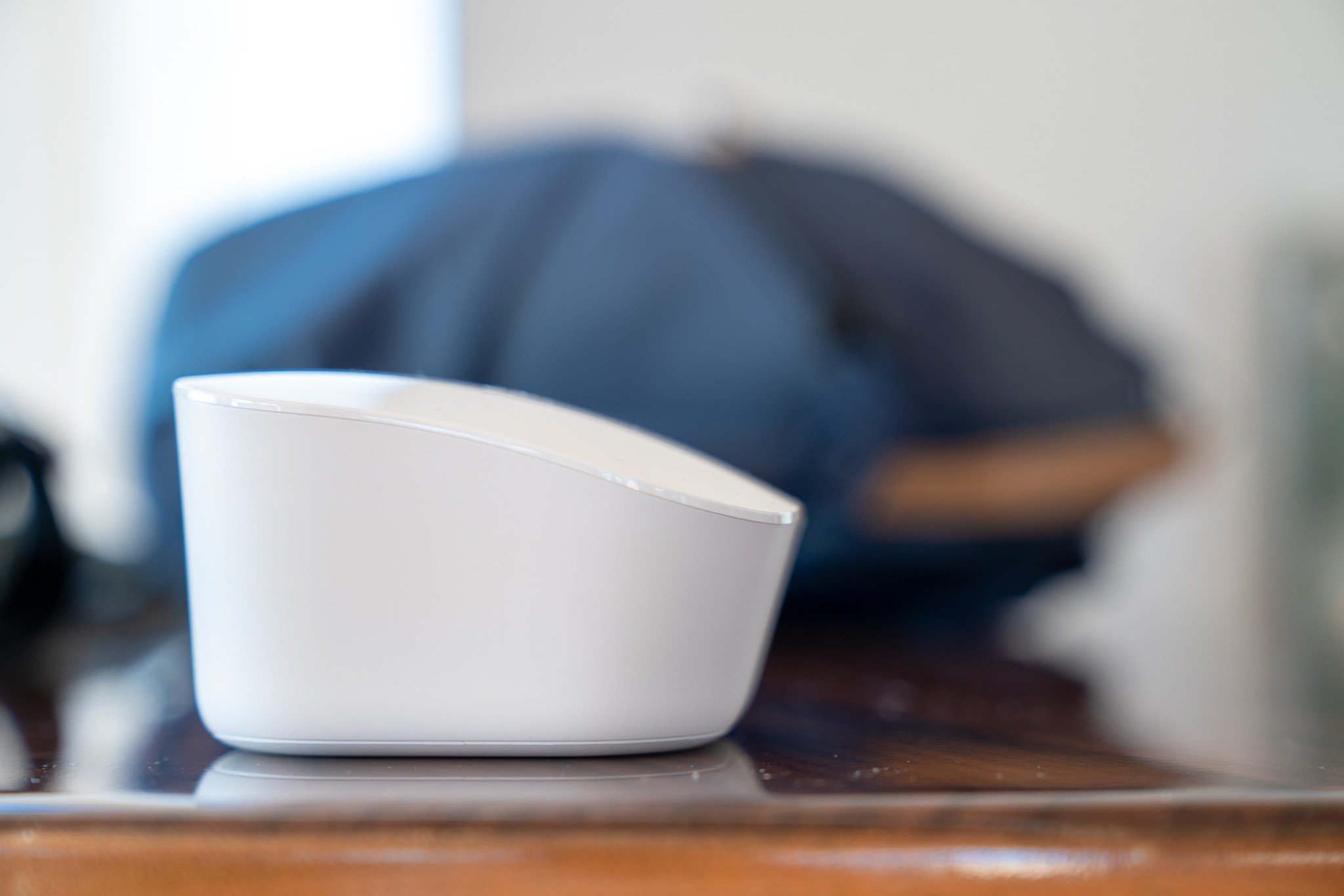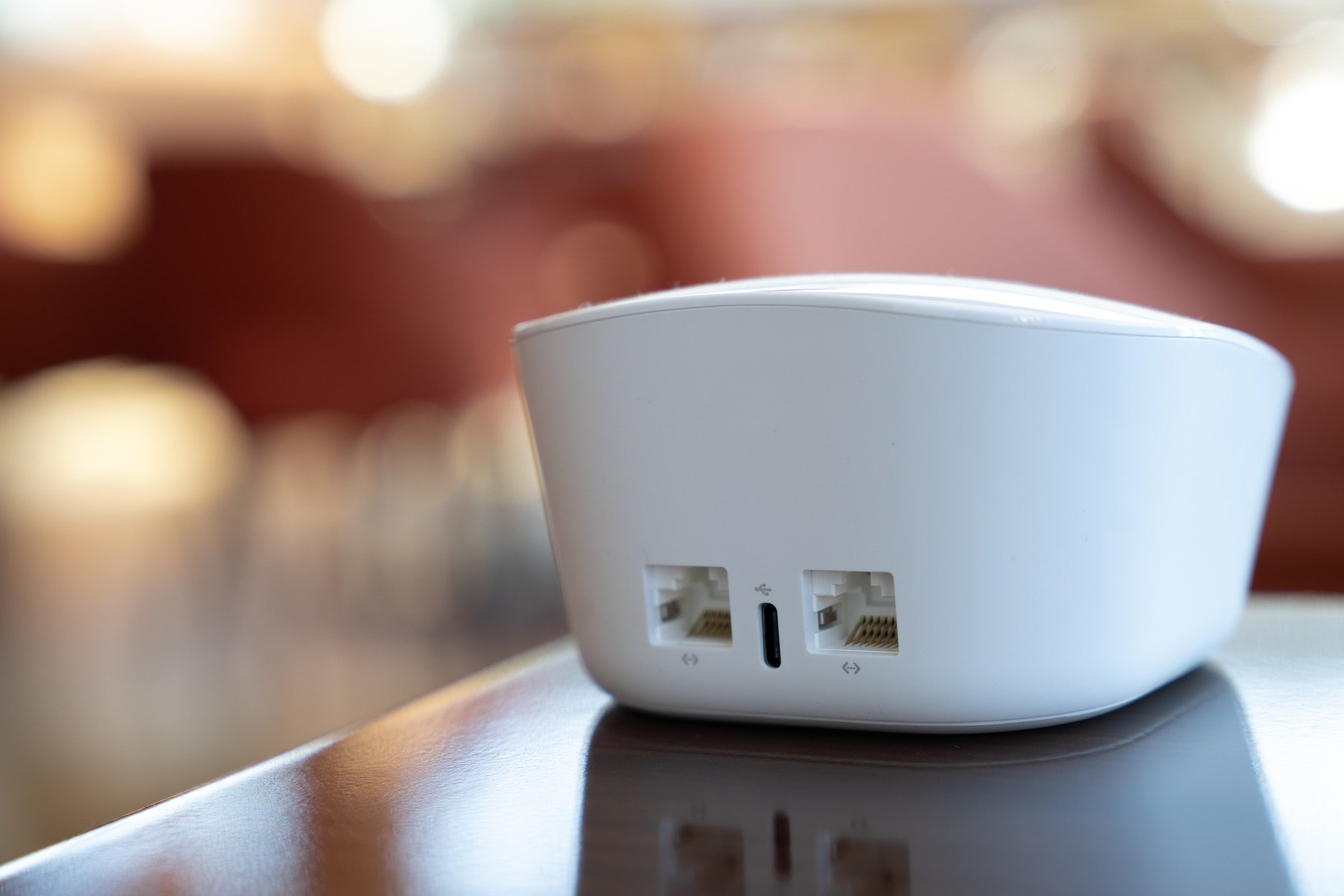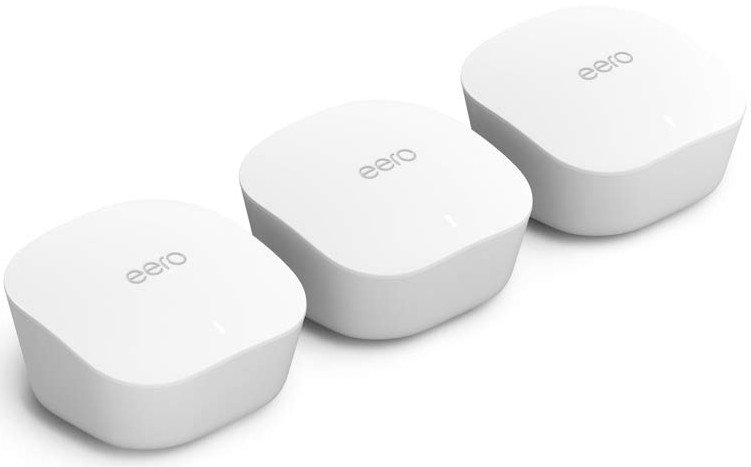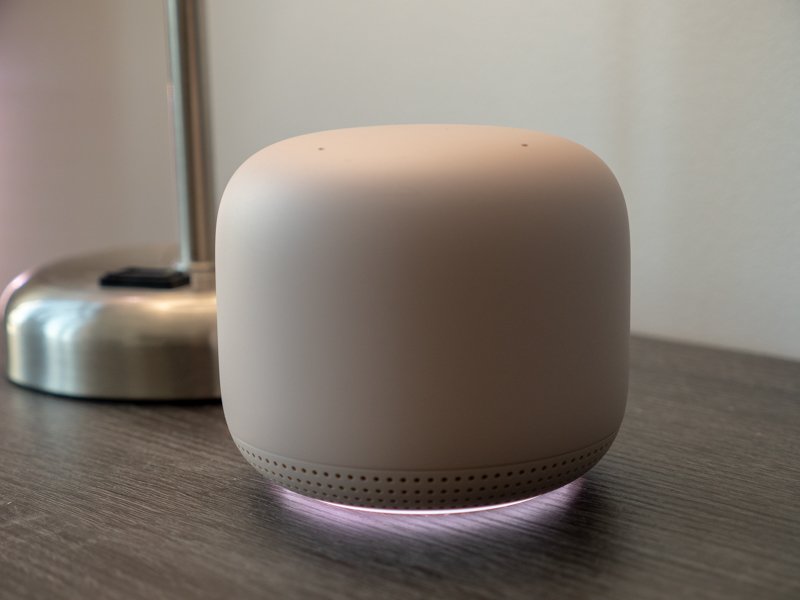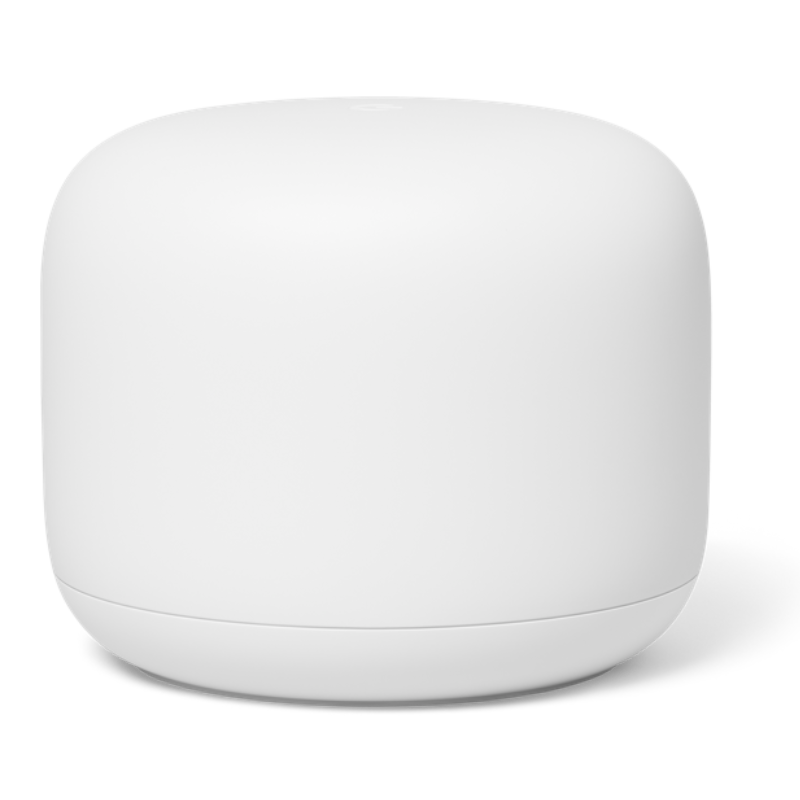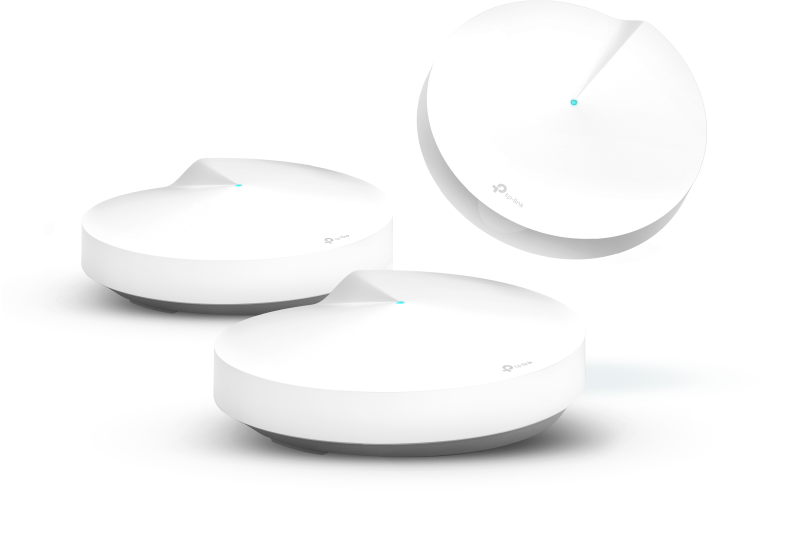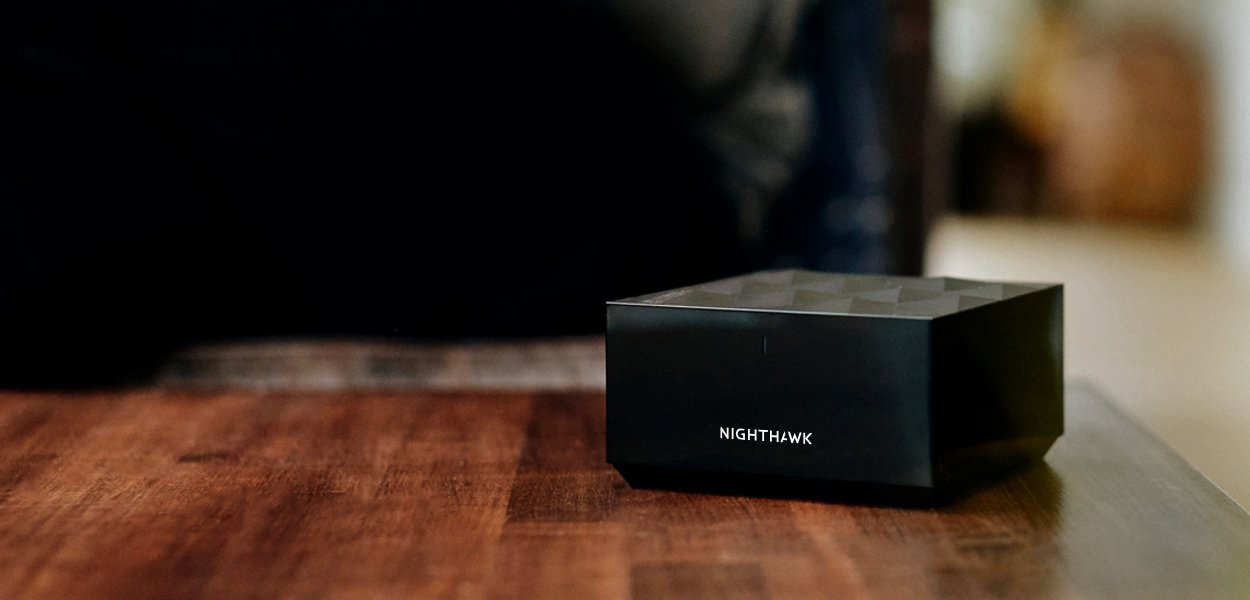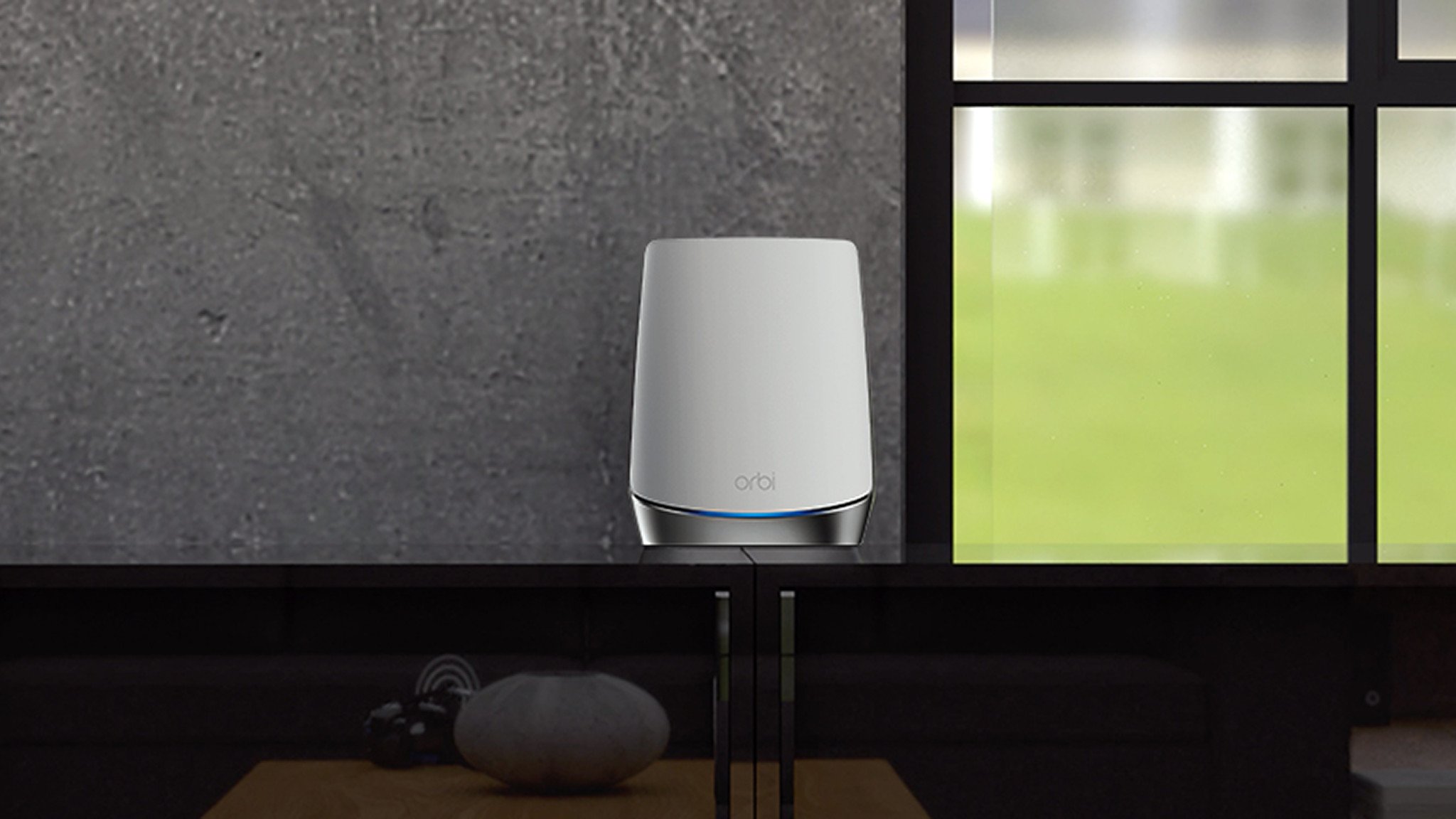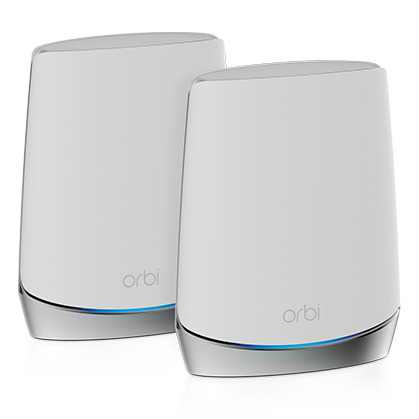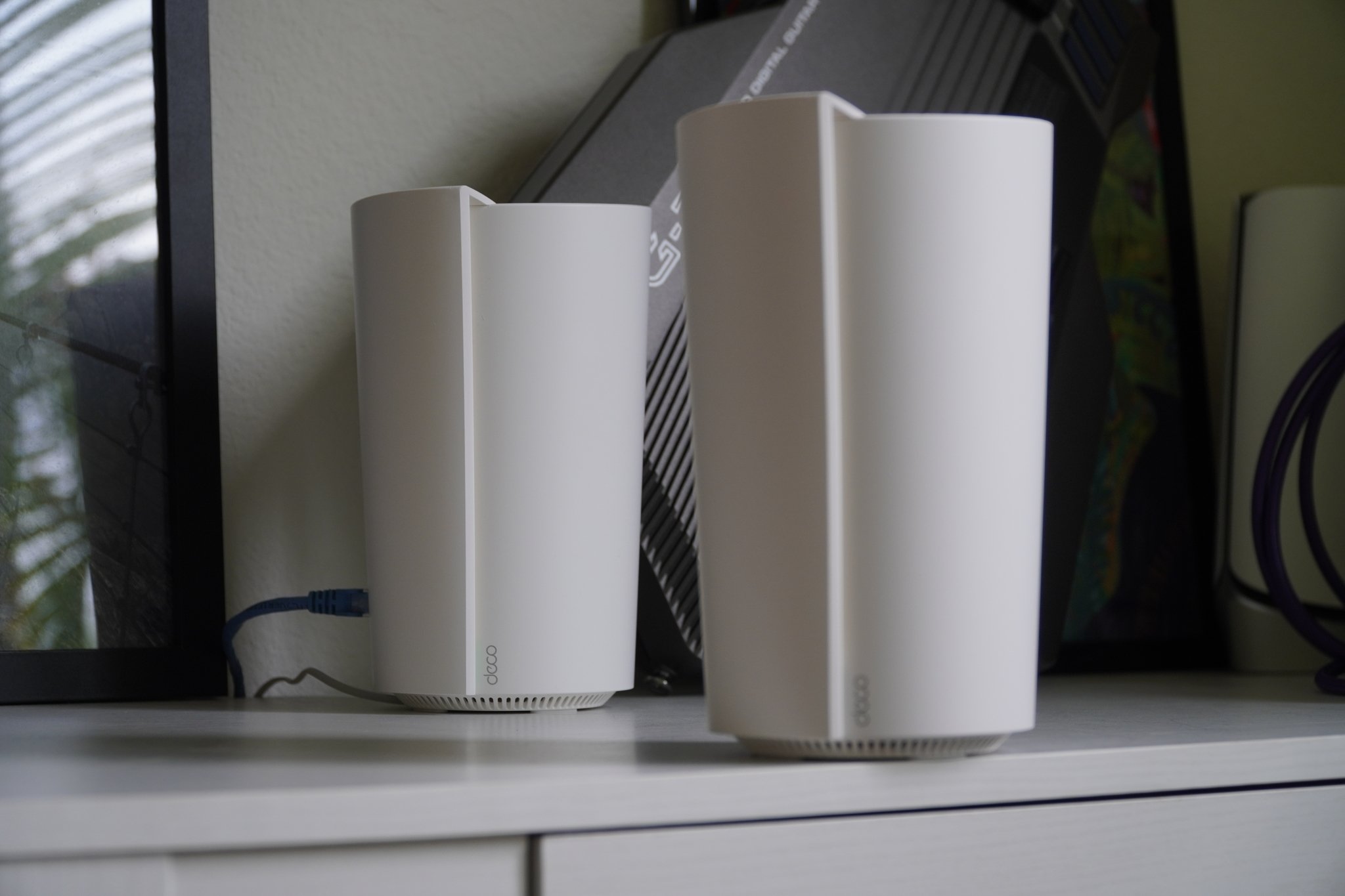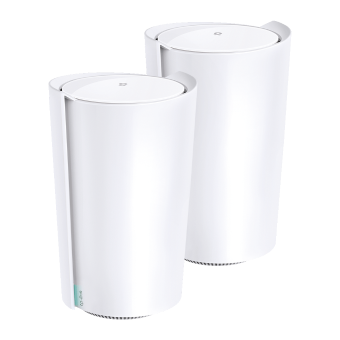Which router should you get instead of Google Wifi?
Google Wifi is a great mesh system that gets a lot right, but if it's not the perfect fit for you, there are some great alternatives to Google Wifi. If you're looking for a mesh Wi-Fi option, there are many available, whether you just need a little more coverage or want to overhaul your network with fast Wi-Fi 6 technology completely. Eero is the best overall alternative to Google Wifi if you like the features but want something with more expansion and a sleek modern design. We've gathered some of the best Google wifi alternatives for this list, so you can find the right system that works for your home.
Best overall: eeroEero aims to keep things simple and easy with the third-generation Eero mesh, which offers 802.11ac speeds that aim to be enough for standard usage though top speed will be lower than many other mesh systems. This Eero version is recommended for connections under 350Mbps and should be more than enough for even 4K video streams. However, if you want to stick with the Eero line but need more speed, the Eero 6 will be a better fit.
Even so, with two Ethernet ports per router, you should be able to connect all of your devices. Eero can be used to expand your existing Eero network and work with older Eero models and the faster Eero Pro and the compact Eero Beacon.
Pros:- Simple setup
- Subtle and compact design
- Two Ethernet ports per router
- Works with existing Eero setup
- Only dual-band
- Not as fast as Eero Pro
Simple mesh coverage
Eero keeps things simple with enough speed for most people and a simple and small housing that you can expand.
Faster Google: Nest WifiIf you like Google's software and features, Nest Wifi improves on that speed and coverage while keeping Google's great support. Compared to Google WiFi's AC1200 speeds, Nest Wifi takes it up to AC2200 with a dual-band connection. Each Nest Wi-Fi router comes with two Ethernet ports on each router model. You also get an impressive 2,200 square feet of coverage with each router.
Your Nest Wifi network can be expanded with a Nest Wifi point or a Google Wifi router, both of which run at AC1200 speed. Unfortunately, if you want to keep the speed high and consistent across the entire network, you can combine only Nest Wifi routers in your mesh. Nevertheless, it is nice to have the option to expand in areas that don't require as much speed as the slower and cheaper units.
Pros:- Fast AC2200 speed
- Two Ethernet per router
- Works with Nest Wifi point and Google Wifi
- Prompt Google security updates
- Expensive
- Large housing
Expand your Nest home with mesh Wi-Fi
Nest Wifi keeps the great app and features you expect from Google with faster speeds and greater coverage.
Best value: TP-Link Deco M5The TP-Link Deco M5 delivers solid speeds and competitive coverage at a great price. It also has a great compact appearance with a circular puck shape in white. Each unit has two Ethernet ports, making it easy to keep your entire network connected, even wired devices. Wi-Fi speeds are fairly typical with a dual-band setup allowing for 867Mbps on the 5GHz band plus 400Mbps on the 2.4GHz band, adding up to AC1300 speeds.
The Deco M5 is compatible with the other Deco devices allowing plenty of options to expand your mesh. You can even use your Deco M5 to expand your coverage if you decide to upgrade to a Wi-Fi 6 Deco down the road. Three M5 routers together will cover up to 5,500 square feet, depending on your home's design and the amount of interference.
The Deco M5 can be set up with the Deco app in minutes and comes with TP-Link's HomeCare software. HomeCare comes with advanced parental controls, including profiles, scheduling, and content filters. HomeCare also comes with antivirus protection to block potentially unsafe sites.
Pros:- Great price
- Works with other Deco models
- Two Ethernet ports per node
- Only dual-band
- Not as fast as other routers on this list
Great value mesh coverage
The Deco M5 from TP-Link has fast speeds for a great price, with wired ports on each node.
Compact Wi-Fi 6: Netgear Nighthawk MK62Similar to the entry-level Orbi system from Netgear, the Nighthawk MK62 adds Wi-Fi 6 technology and a slick black housing. At AX1800 speeds, it's not as fast as many other Wi-Fi 6 capable routers or even some fast 802.11AC routers, but it does manage to bump up the speed to 600Mbps on the 2.4GHz band and 1,200Mbps on the 5GHz band. You also get some of the other features of Wi-Fi 6, including better support for multiple devices, which can help with a well-connected smart home.
This system has only one Ethernet port on the base router, so you will need a separate switch if you wish to connect more than one wired device. For a wireless network, this system will deliver solid speeds with improvements ready when more devices support Wi-Fi 6 connectivity.
Pros:- Wi-Fi 6 connectivity
- AX1800 speed
- Compact design
- Great app and options
- Slower than other Wi-Fi 6 systems
- Only one Ethernet
Wi-Fi 6 connectivity for the average user
If you want to upgrade to Wi-Fi 6, the Nighthawk MK62 offers plenty of speed in a compact package.
Best mesh upgrade: Netgear Orbi RBK752Upgrading to a Wi-Fi 6 network is one of the best ways to improve mesh performance in a house with a lot of interference. Wi-Fi 6 can deliver more speed and work around interference better than Wi-FI 5 could, making it a great fit for a mesh link. The mesh link is the connection between the main router and the satellites in an Orbi system, and the Orbi RBK752 dedicates a full 2400Mbps to this connection. The remaining speed, 1200Mbps at 5GHz, and 600Mbps at 2.4GHz, are available to devices.
Out of the box, the Orbi RBK752 with a router and satellite coverage of up to 5,000 square feet. This is enough for more homes though you'll want to overbuy a bit if you have a lot of interference from concrete walls. This Orbi system can be expanded with more satellites like the included RBS750 or the faster RBS850.
Orbi systems are easy to set up with the Orbi app, making it as easy as possible. Once you've set up your system, you can manage connected devices from the app and change basic Wi-Fi settings. Netgear offers a security package called Netgear Armor in the app with antivirus protection and improved parental controls.
Pros:- Tri-band Wi-Fi 6 connection
- Great coverage at 5,000 sq ft
- 3 + 2 Ethernet ports
- Dedicated mesh link
- Limited satellite compatibility
- Large nodes
A dedicated Wi-Fi 6 mesh link
The Orbi RBK752 is a great upgrade with a tri-band AX4200 connection, improving mesh performance even with Wi-Fi 5 devices.
Best gigabit upgrade: TP-Link Deco X90The TP-Link Deco X90 is the fastest and most advanced Deco system to date with AX6600 tri-band Wi-Fi 6 speeds and AI-Drive mesh coverage. The speeds break down to 4804Mbps and 1201Mbps at 5GHz and 574Mbps at 2.4GHz. The fast 5GHz speed is thanks to 160MHz support, which means high-end Wi-Fi devices can connect at 2402Mbps. This system actually supports those internet speeds with a 2.5Gbps Ethernet port that can be used for LAN or WAN on both nodes.
The Deco X90 covers up to 6,000 square feet out of the box with two nodes, and TP-Link claims that its AI-Driven mesh system can provide an ideal Wi-Fi connection for your unique home layout. TP-Link maintains compatibility with all Decos so that you can expand your X90 mesh system with any other Deco. Keep in mind that you will be limited to the top speed of the Deco node you're connected to.
Deco meshes can be set up in a few minutes with the Deco app, and basic Wi-Fi settings can be adjusted. The X90 also comes with TP-Link's HomeShield software. This software comes with parental controls, including profiles, scheduling, and content filters. You can upgrade it to include more advanced scheduling and antivirus protections for a yearly subscription though most people will be fine with the free tier.
Pros:- Fast tri-band Wi-Fi 6 connection
- Great coverage at 6,000 sq ft
- AI-Drive mesh performance
- HomeShield parental controls
- Large nodes
- Only two Ethernet per node
Ultimate mesh performance with AI-Driven mesh
The Deco X90 is a powerful tri-band mesh system with AX6600 speeds and great AI-Driven coverage that adjusts to your home.
Bottom lineThe first goal of a mesh network is flexibility. Mesh networks are designed to grow to fit different situations with intelligent node placement, and when needed, the easy addition of new nodes. Speed is supposed to be good enough for anything the average user can throw at the network, and for most people, this rarely exceeds 100Mbps, including 4K video streaming.
Eero keeps its eye on the prize offering an easy-to-understand setup procedure with plenty of options for expansion. Whether you want to simply throw more eeros into the mix or add a more specialized Eero Beacon, it will work together. If you are looking for a great alternative to Google Wifi, the third generation Eero is one of the best mesh experiences available.
Credits - The team that worked on this guide![]()
Samuel Contreras When Samuel is not writing about networking and carriers, he spends most of his time researching computer components and obsessing over what CPU goes into the ultimate Windows 98 computer. It's the Pentium 3.
